In "Chronoception", three freeriders and their team set off in search of untouched mountains in Kyrgyzstan. Together with snowboarder Léa Klaue, we look back on their expedition to the Kakshaal Too mountains.
Kakshaal Too

The Kakshaal Too is a mountain range in Tien Shan in Central Asia.

It stretches for around 400 kilometers along the border between Kyrgyzstan and China.

Its highest peak is the 7,439-meter-high Jengish Chokusu.
In May 2022, Thomas Delfino, Aurélien Lardy and Léa Klaue will travel to Kyrgyzstan for four weeks to ride previously untouched mountains in the Kakshaaltoo. Together with a team of mountain guides, filmmakers, a photographer and the Kyrgyz guides, the three freeriders spend a whole 21 days away from civilization.
It is a journey into the unknown - in more ways than one. They know neither the country nor the mountains, and as a group they have never undertaken an expedition of this magnitude before. The best conditions for a great adventure. And that starts on the way into the mountains.
Thomas, Aurélien and Léa chose spring for their Kakshaal Too expedition, the only time of year when the mountains they want to ski are actually skiable.
It wouldn't have been possible in the height of winter," says snowboarder Léa, explaining the team's decision. "These are hanging glaciers and they would have been far too cold in winter. It's black ice. We chose a time of year for the expedition when there are still storms that bring snow to this altitude and when it is still damp and warm enough for the snow to stick to these glaciers.
"We invest a lot just to experience very short and intense moments. It's absurd and beautiful at the same time."
– Léa KlaueWhat makes perfect sense from a freerider's point of view causes a lot of headaches for the Kyrgyz travel agency. Because in spring, the steppe that you have to cross to get to the mountains in the first place is neither frozen nor dry. There is a track that can be used by four-wheel drive vehicles, but only in summer. In spring, you run the risk of sinking into the mud.
The Kyrgyz have organized a Kamaz for the journey, a Russian truck that has a reputation for getting through anywhere. Nevertheless, they don't want to guarantee anything. They say: We'll take you as far as we can. And when the Kamaz actually gets stuck in the mud at some point and the group has to continue on foot - at least with the support of a few horses carrying most of the luggage - nobody is really surprised in the end.
When you go on an expedition like this, you know in advance that things won't turn out the way you expect. I never had the feeling that we would get completely stuck. But I sometimes doubted whether we would actually get to go snowboarding and skiing at some point," says Léa, "but I was sure that there would be a line somewhere!
Despite all the difficulties, the journey also had something good for them. It was an involuntary team-building exercise: "We sat together in a tent in a wild place and solved problems. You share a lot of things with each other very quickly and you learn much more quickly what really makes people tick."
"You are never prepared enough for such things."
– Léa KlaueSometimes things come to light in situations like this that you didn't expect. For example, what it's like to be the only woman on the team with people who have never been on an expedition with a woman before. Léa remembers moments when she realized that she and her expedition partners had different points of view:
"Everything actually went well. I really like this expedition team, we're all still friends. But you could tell that they weren't used to being on the road with a woman. There was this automatic thinking that a woman is perhaps more fragile than a man and that she can therefore take fewer risks. Simply because she is a woman. The questions "How much can you do?" or "How good is your technique?" were not even asked. This way of thinking is deeply ingrained in our society. And because we spent so much time together, we were able to discuss these things a lot. It was really funny. I hope this group learned a lot - with me! But at the very beginning, I had to really fight to be allowed to ride the same walls."
When the group arrives in the mountains, it is clear that all the effort of the journey has paid off.
The snow conditions are perfect and they have chosen the right time for freeriding in Kakshaaltoo. But unfortunately, the freeriders have to do without a descent from the 5,842-metre-high Kyzyl Asker, the third-highest mountain in Kakshaaltoo, which is at the top of their wish list.For a mountain of this magnitude, they would need a weather window of at least a week - and that is simply not possible.Léa, Thomas, Aurélien and their entire team have to improvise once again and ultimately decide to tackle a series of smaller mountains.
For Léa, the expedition nevertheless remains an unforgettable experience: "When you experience something so intense, which can also be difficult and painful, it's an extreme privilege.Because on a trip like this, you're already on adrenaline somehow. You're in full flow and simply living in the moment. There's no time to think - and that's the real beauty. When you're so far away from everything, you also go on an inner journey. You realize what is important to you and why you do these things and why your passion for them is so great."


